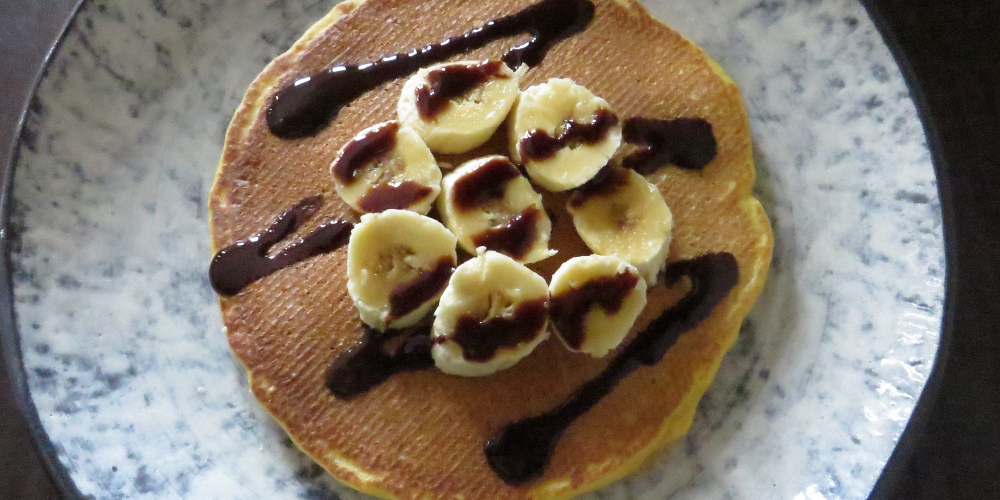One of our 1-year-old daughter’s favorite activities is to read with us. We have a collection of Japanese, English, and bilingual children’s books, and both of us read in either language, depending on the book she deposits in our hands at story time (story time is whenever she wants it to be). While you’d think that children’s picture books would be a relatively simple matter, some of her Japanese books are more difficult for me to understand than tax laws.
Japanese Baby Talk is Harder to Decode than Ph.D. Dissertations
For one thing, it’s written entirely in hiragana, to make it easier for children to read. I realize foreign fathers are not a significant demographic in the design and marketing of children books, but since we aren’t familiar with the sort of language that shows up in children’s speech, the hiragana writing makes it more difficult to understand what the words are intended to mean. I can’t always predict where the emphasis should fall. I take pride in my reading rhythm in English, so stumbling over the words in Japanese is a minor source of embarrassment (and a much-needed opportunity to laugh at myself).
There is an entire vocabulary for talking to babies in Japanese. When my wife tells our daughter, “Anyo piin” while changing her diaper, she knows to grab her toes and hold them, but it took me a while to realize what was going on. “Anyo” is baby talk for “ashi” (legs/ feet) and “piin” is an onomatopoeia that refers to stretching out. I guess there’s something similar for English baby talk, but I avoid using it around my daughter and never thought about how difficult it might be for a non-native speaker to understand words like “toesie-wosies.”
Is that a real word?
Speaking of which, Japanese also has a far broader array of onomatopoeia than English. This is a subject for a later post, but suffice it to say for now, that when I come across something like “dosshin! Pon!” even when accompanied by a picture of Koguma-chan crashing his toy bus, I can’t tell if that’s a child word for “crash,” or if it’s supposed to be the sound a crash makes. It turns out that it’s an onomatopoeia, but never in my American imagination would something as soft-sounding as “dosshin” be associated with a collision.
Humbling Experience
Unfortunately, Nina’s favorite books, the “Nontan” series, are among the most difficult for me to read, but I’m trying. Usually, if I hear Sawa read them aloud once, then I can manage well enough, but if I have to fly solo on my first pass, it’s a fairly comic experience. Nontan uses a slew of onomatopoeia and other words that only show up in children’s speech. Plus, to make it easier(?) for children to read the hiragana, the author does not change the size of the “tsu” (つ) character. When the character is large (つ), it is pronounced “tsu” but when it’s small (っ), it is not pronounced and simply indicates a shortened vowel sound and doubled consonant. When the author doesn’t vary the size, you have to know the word in advance to have any hope of understanding it. So, for a while, I was pronouncing the sound of brushing teeth as “Shutsushu” instead of “Shusshu.”
It’s humbling to know that, within a year, my daughter will be able to read her books with more ease than I can. Once she hits preschool and starts learning Kansai baby talk (yep, there are regional dialects for this), she’ll speak a whole language that I won’t be able to understand. I hadn’t expected that to happen until she became a teenager, at least. Oh well, at least I’ll still have the upper hand when it comes to Dr. Seuss!
What are your favorite baby talk phrases in English and Japanese?
If you want to stay up to date on our activities at TranSenz and ramblings about life as an international family, we encourage you to follow us on Facebook for the latest updates on our activities and new articles!




No Responses